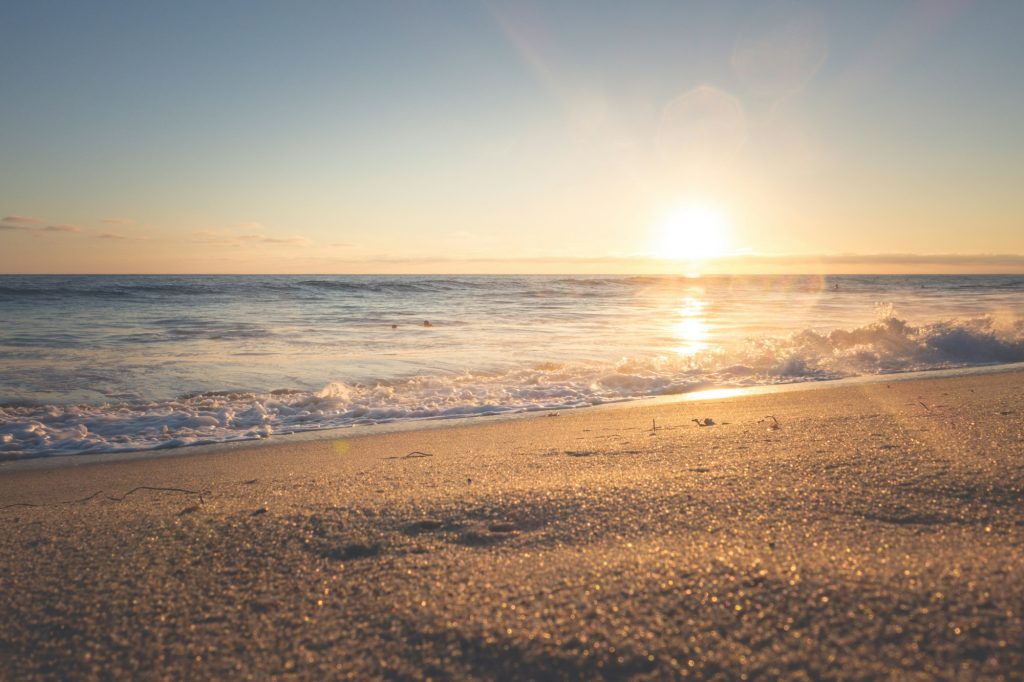
As a local, I often get asked: “When is the best time to visit Panama?” Many travel guides quickly point to our glorious dry season. However, the truth for expats, retirees, and digital nomads eyeing a new life or remote office here is more nuanced. Panama offers a unique blend of lifestyle, work, and adventure year-round. Understanding our climate and cultural rhythm can significantly enhance your experience. Let’s dive into these details to help you choose your ideal moment to embrace life in Panama.
The Golden Ticket: Panama’s Dry Season (Mid-December to April)
This period spans from mid-December to April. It promises abundant sunshine and reliably clear skies. This makes it undeniably the best time to visit Panama for those seeking uninterrupted outdoor enjoyment and vibrant community life.
- Pleasant Weather for All: During these months, Panama’s weather is beautifully predictable. You’ll wake up to sunny days. Temperatures comfortably range between 25°C and 32°C (77°F and 90°F). As someone who lives here, I can tell you these are the months when you worry less about rain impacting your plans. You spend more time simply enjoying our stunning outdoors.
- Uninterrupted Outdoor & Social Adventures: If you’re an adventure-seeker, a retiree looking to stay active, or a remote professional, the dry season is your playground. Plan outdoor activities like hiking through our lush rainforests. Enjoy bird-watching in national parks, or simply take strolls and attend community gatherings. Drier trails and clear skies are perfect. Our breathtaking coastal regions, including Bocas del Toro and the San Blas Islands, are at their most inviting. Imagine beachside work sessions or unwinding with snorkeling and surfing. All this is uninterrupted by sudden tropical downpours.
Vibrant Cultural & Community Festivals
The dry season also sees Panama truly come alive with cultural festivals and community events. Expats and retirees often cherish these. As a local, I can tell you these are experiences not to be missed. From the vibrant Boquete Flower and Coffee Festival in January, to the exhilarating nationwide spectacle of Carnaval in February (Panama City and Las Tablas are epicenters), and the beautiful Semana Santa (Holy Week) celebrations in March or April, these events offer unique opportunities to immerse yourselves in the local vibe. Be aware that during Carnaval and Semana Santa, local travel gets very busy. Some businesses might also close. Factor this into your Panama lifestyle planning.
Understanding Panama’s Wet Season (May to November)
Often labeled “the rainy season,” this period from May to November offers a different, yet equally charming, side of Panama. Many expats and digital nomads come to appreciate it. While there’s increased rainfall and higher humidity, it’s not a constant deluge, as many might imagine.
- Nuance on Rainfall: As a resident, I assure you that the “rainy season” rarely means non-stop rain all day. Most of the time, especially from May to August, mornings are beautifully sunny. Rain typically arrives in afternoon showers. These are heavy downpours (what we call “aguaceros”) that usually last an hour or two. They clear up by evening. This allows plenty of time for errands, outdoor activities, or focused work before the rain begins. September, October, and November tend to be the wettest months.
- Critical Safety Note: Floods and “Cabezas de Agua”: During the wet season, especially the heavier months, flash floods can occur quickly. Rivers can swell rapidly due to heavy rainfall upstream, creating dangerous “cabezas de agua” (literally “water heads” or flash floods). As a local, I must emphasize extreme caution near rivers, streams, and low-lying areas during and after heavy rains. Always check local weather alerts. Avoid crossing swollen rivers. Prioritize safety, especially if exploring rural or mountainous areas.
Work Considerations and Climate Comfort
For remote professionals, the wet season can be a blessing. Those occasional downpours offer the perfect excuse to cozy up indoors. Brew some of our world-famous coffee. Focus intensely on work without the temptation of constant sunshine. High humidity means reliable air conditioning is your best friend. Our internet infrastructure is generally robust, even with tropical rains.
Budget-Friendly & Quieter Exploration: The wet season is generally considered the low season in Panama for tourism. This means you’ll often find lower prices on flights and accommodations. This makes it a more budget-friendly option for expats, retirees, and digital nomads who prioritize value. You’ll also encounter fewer crowds at popular attractions. This offers a more serene and authentic local experience that many residents come to cherish. Some remote jungle regions, like the Darien Province, become more challenging to explore due to muddy trails and swollen rivers. Plan accordingly.
The Shoulder Seasons: A Hidden Gem for Long-Term Residents
For those looking for the best of both worlds, or planning their arrival, consider Panama’s shoulder seasons: early December and late April/early May.
- These periods represent the transition between the wet and dry seasons. You’ll often find pleasant weather. There’s less intense heat than the peak dry season. Combine this with fewer crowds and more attractive prices than the high season. It’s a fantastic time to secure a good deal on lodging. You still enjoy ample sunshine before the rains fully set in or after they’ve begun to subside. This makes it an appealing time for expats considering a move to Panama or retirees exploring the country.
Planning Your Visit: Other Key Factors to Consider
Beyond the climate, several other factors should influence when to visit Panama for your new life or remote office setup:
- Events: Keep an eye on our event calendar! Major events like the Panama Carnival in February or the Panama Jazz Festival in January can significantly impact accommodation availability and prices, especially in major cities. Knowing these dates helps you either join the festivities or plan around them if you prefer quieter times.
- Prices: As mentioned, flight and accommodation prices are generally higher during the dry season (December to April) due to peak tourist demand. If your budget is a primary concern, the wet season or shoulder seasons offer better value, allowing your retirement funds or remote income to stretch further.
- Visas: If you need a visa to enter Panama (like the Panama Digital Nomad Visa for remote professionals, or the Pensionado Visa for retirees), always check the visa processing time in advance to ensure your paperwork is ready for your intended arrival and a smooth transition.
Conclusion: Your Perfect Panama Experience Awaits
In conclusion, while the dry season from December to April is undeniably popular for its predictable climate and outdoor opportunities, the best time to travel to Panama ultimately aligns with your personal preferences and lifestyle as an expat, retiree, or digital nomad. Whether you prioritize sun-drenched adventures, a more budget-friendly cultural immersion, or simply don’t mind planning your day around an afternoon shower, Panama’s charm shines year-round. As a local, I can tell you that this versatile country is always ready to welcome you to your new life or work-from-anywhere haven. Choose your moment, settle in, and experience the magic!
